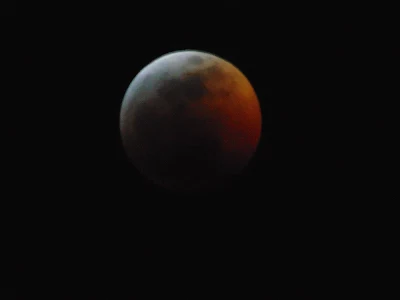 |
| The Full Super Blood Wolf Moon Lunar Eclipse at full umbra (Earth's shadow) at 12:40 PM EST on Monday, January 21st, 2019. |
On the night of Sunday, January 20th - Monday, January 21st, we had the first full moon of 2019, and the first lunar eclipse of 2019 -- A Full Super Blood Wolf Moon Lunar Eclipse. The lunar eclipse could be viewed from North and South America, Greenland, Iceland, Europe, northern and western Africa, plus the Arctic region of the globe.
The total eclipse of the moon lasted a little more than one hour. It was followed by another partial umbral eclipse, each time persisting for over an hour. The whole umbral eclipse from start to finish had an overall duration of nearly 3 1/3 hours.
 |
| Graph showing the transition of the moon through the shadow of the Earth during the lunar eclipse. Graphic courtesy of Space.com |
On Sunday, January 20, 2019 at around 9:30 PM EST Luna began to enter the penumbra (the shadow of the Earth). At around 10:32 PM EST, it moved into the umbra (the darkest part of the shadow). The moon was completely in the umbra at around 11:40 PM EST, which officially started the total lunar eclipse. It was at this point that Luna begin to take on that reddish-orange Mars-like color. The greatest eclipse took place at 12:12 AM EST on Monday, January 21, 2019, when the moon is midway through the umbra.
The following are the photos this blogger took of the Full Super Blood Wolf Moon Lunar Eclipse between 9 PM EST to 12:45 PM EST. It was truly a wondrous sight to behold.
The eclipse is the first of three straight full supermoons, meaning the moon will be nearly at its closest to Earth for this January, as the eclipse takes place.
The January Full Moon is often called the Wolf Moon. Other names include Old Moon, Ice Moon, and Snow Moon, although this name is usually attributed to the February Full Moon. While the farmer's almanac states that Wolf Moon is a Native-American name, other sources claim that it has Anglo-Saxon origins. In Anglo-Saxon culture, the January Full Moon was also called the Moon after Yule, which is the time of the ancient festival celebrating the Winter Solstice around December 22.
This will be the last total lunar eclipse to grace Earth’s sky until Wednesday, May 26, 2021.


















No comments:
Post a Comment